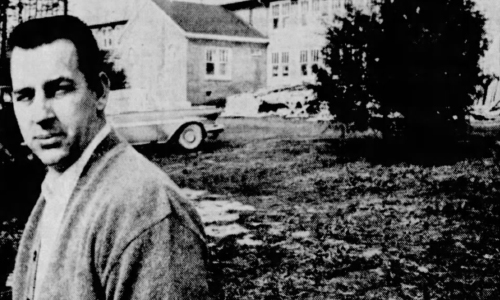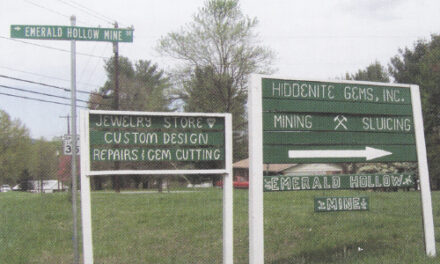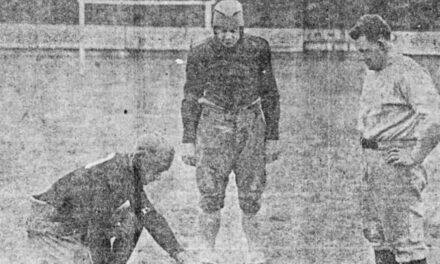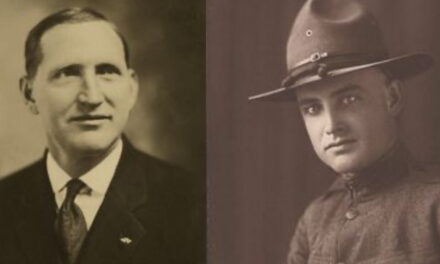
Before Spotify, before iPods, before records, every household that could afford a piano had one. Whole families gathered around a piano and sang to the tune of whatever sheet music they had, unless someone played by ear. In those days a least one person in the household could play. It served as entertainment. Radio, then television offered a passive substitute and most Americans quit making their own fun. After all, pianos were heavy, required tuning periodically and the time and dedication to learn.
In 1961 a retail outlet asked a furniture maker, ‘what would it take to build a piano that families could afford?’ In the post-World War II economy, Japanese manufacturers offered the best value for the dollar. Joe Kincaid, from the Kincaid Furniture family did not know the answer to that question. He didn’t even play one. But the creative wheels began to turn. What if he could build one for a lower price. That’s when he started the Grand Piano Company.

Joe Kincaid during his days of making a cost-efficient piano.
The name was a misnomer. The new firm did not build grand pianos. Uprights were the style they believed could be constructed efficiently. The name came from the retailer that first asked the question. Joe spent months developing his new model, all the while setting up a factory in Morganton to make his “budget” model that ultimately retailed for $399, about a hundred dollars less than a Japanese model that had a short keyboard. Grand had all 88 keys.
As so often goes in the American economy a larger company came calling, offering to buy Grand Piano. Joe sold to Marantz who believed they had an even better idea. Two weeks ago, this column mentioned that Kohler and Campbell pianos was at one time a leader in player pianos, models that used a paper roll with holes in it to play tunes without needing someone to actually play. Since then technology had advance. Marantz still liked the idea of a piano that would play itself but instead of a roll that needed a hand crank to get it started, they substituted a cassette tape that used electronic signals. Company officials hailed the innovation as something that every piano would use in ten years. That was the early 1980s. We all know (if you remember from last week) what happened. The market for sales of any kind of piano went through the floor then, thanks to “other” forms of entertainment. Predictably, all pianos of the 1990s did not have an insertable cassette that would play songs for you. Like Kohler and Campbell, like Westbrook/Currier, Marantz closed up shop in Morganton and the era of western NC as a center of piano manufacture was over.
Joe Kincaid did try to revive the factory, not for making the musical instrument that he once produced there, but regular home furnishings, the kind you don’t have to learn to play. However, the factory had a contaminated well on the property, just like Kohler and Campbell left in Sawmills when they shut down.
Since pianos become heirloom items you can still find models made by Marantz, Grand Piano, Currier, Westbrook and Kohler and Campbell for sale. Depending on the year it was made, it might have been constructed just down the road, back before Pac-Man ate them up.









